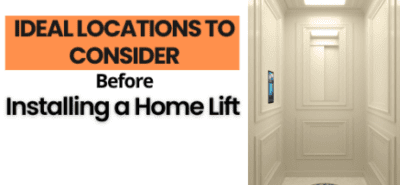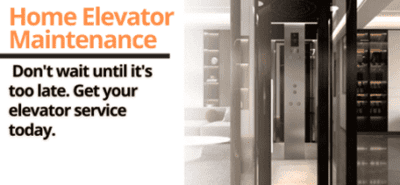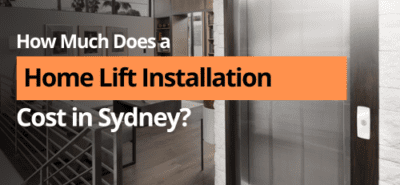Lift maintenance safety checks can be done by building management
Elevator maintenance safety is a joint effort. Here are listing the points that property manager or home lift owners can use to verify the elevator and home lift conditions.
Building owners and lift maintenance service providers have a responsibility to make sure the equipment is professionally maintained and kept in good condition.
Technology producers must manufacture equipment that meets applicable codes and standards.
- Establish a planned lift maintenance service program with a professional elevator maintenance company for regular maintenance, breakdowns or passenger trapped situations.
- Attach an information label with the name and telephone number of the lift maintenance company inside the elevator.
- Check that the access ways to the elevator and to the elevator machine room are safe and clean.
- Keep the keys to the control panels and landing doors in a secure place that is accessible only to authorized persons.
- Keep the machine room door locked and prohibit unauthorized access.
- Check your equipment regularly to help locate defective components before they cause hazards.
Visual and functional safety checks to be performed around the equipment
The following visual inspection determines the presence of any recognisable hazards such as:
- Damage caused by vandalism that may affect the condition of the equipment
- Broken glass or sharp edges
- Missing components, such as paneling or covers that could affect the safety of users
- Make sure the control lift cabinet doors are properly locked.
- Make sure the surface of the door panels is free from scratches and that the door frames are not damaged
- Look for marks that could signal that force has been applied on the panels.
- Check that the gap between door panels is constant along the whole panel.
- Verify that the sill grooves are free of debris and foreign objects.
- The panels should not scrape against each other or the frames.
- Check that the entry and exit area is dry, not slippery, and free of obstacles.
- All the lights are fully functional in the elevator entry and exit area.
- Check that the lights are not damaged or missing so that users can see any potential tripping hazards
- Check lift car lights are not damaged or missing, and that the car is well lit so that users can easily see and use the operating panel.
If there is no car door, like manual hinged doors of some home lift.
Check the inner door-side wall of the shaft for sharp or uneven edges.
If there are photocells or curtains of light, elevators should stop while blocking light rays.
- Verify that the door safety devices operate properly.
- Stand inside the car, wait for the door to start moving and hold a sheet of paper in the doorway at a 30 cm distance from the ground.
- The doors should reopen when the photocells or curtain of light are obstructed.
- Perform the check again by holding the paper at a height of 70 cm.
Check that the elevator car’s floor is level with the landing floor when stopping.
According to the latest code, the maximum tolerance shall not exceed +/- 10 mm.
The maximum tolerance varies somewhat depending on the equipment.
It is affected by the age of the equipment and technology used.
Verify the maximum tolerance for the equipment with the elevator maintenance provider.
Verify that the door open button operates properly.
This must take place while the car remains on the landing.
Check that the emergency stop button is operational.
All elevators without car doors should be equipped with a stop button in the car.
The stop button may also be found in some older elevators with car doors, or in elevators to which doors have been added on as an upgrade.
Verify that the information labels are in place, and have not been vandalized or removed.
It should provide information on the maximum load as well as the name and telephone number of the lift maintenance provider.
Make sure the mirrors are properly fixed, undamaged and free of sharp edges.
Verify that the handrail, seat, buffer rails and other accessories are properly fixed.
Noises and vibration during the ride Take the elevator on a full journey up to the highest floor, and then down to the lowest floor, and then up again.



